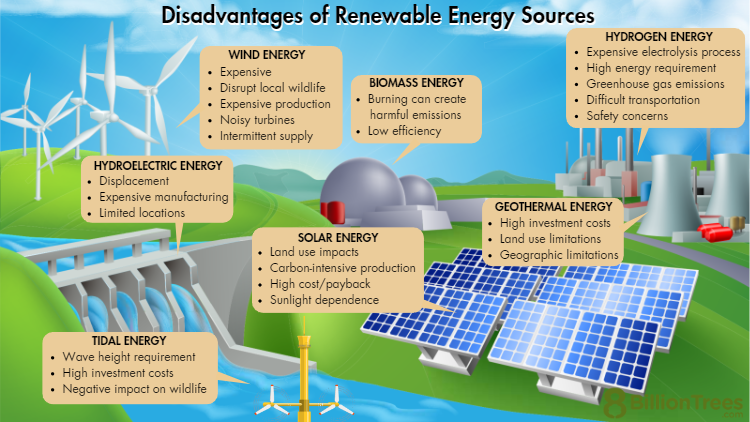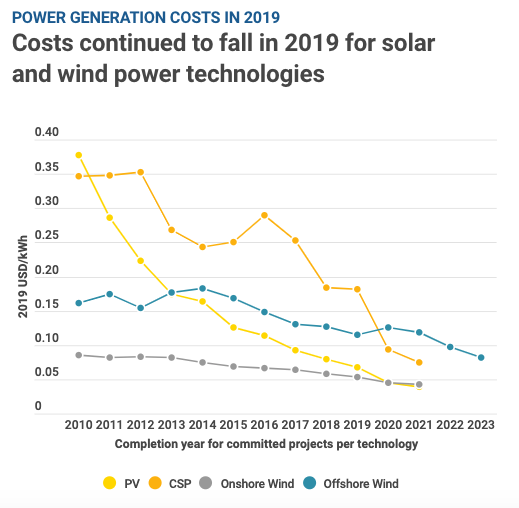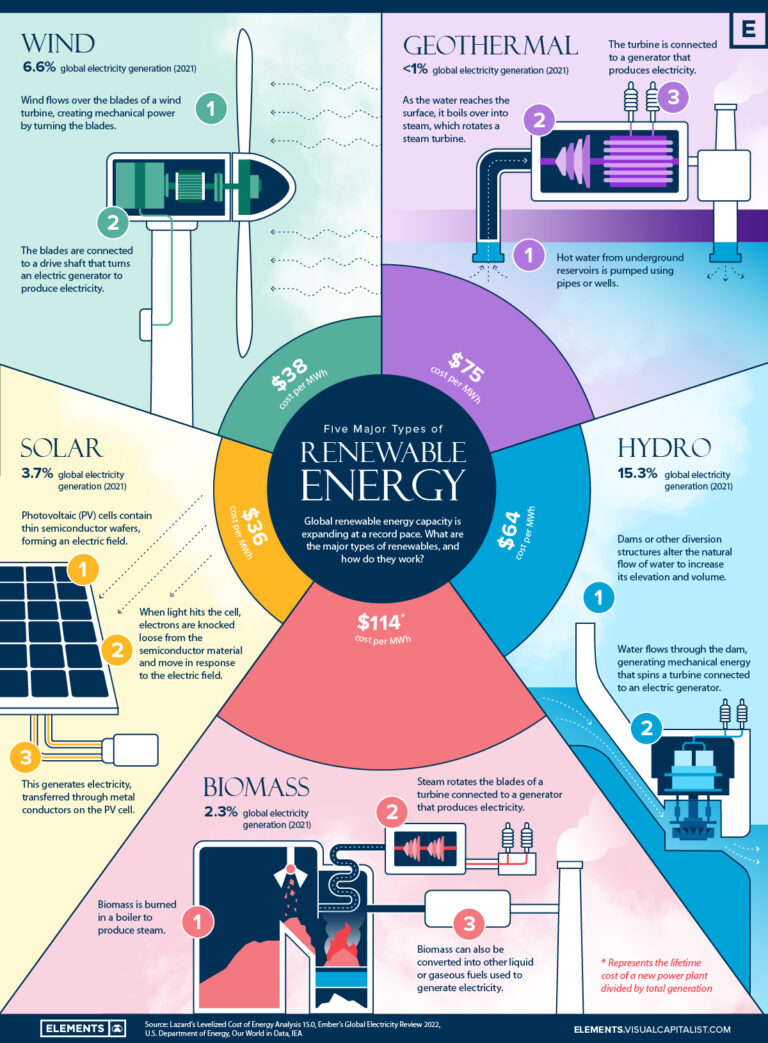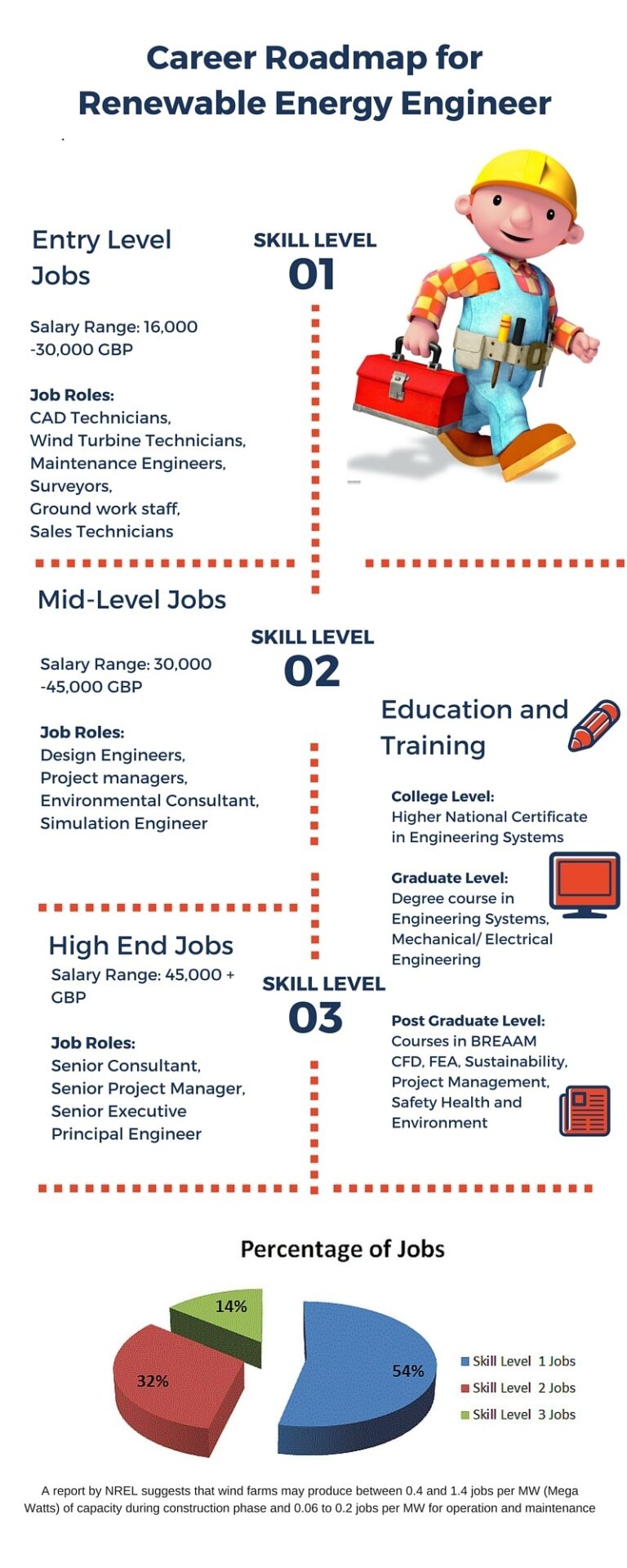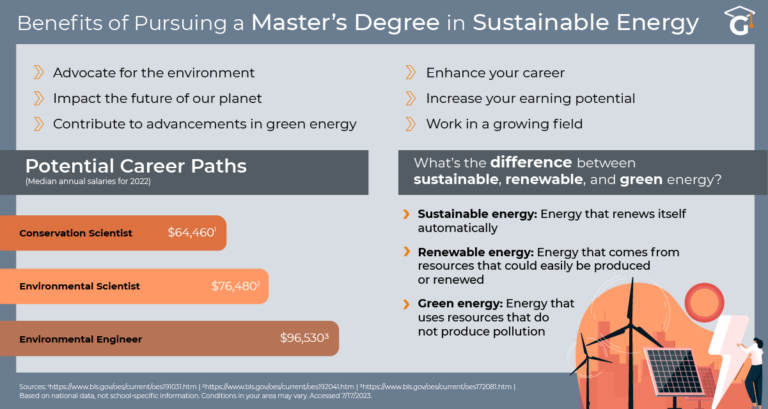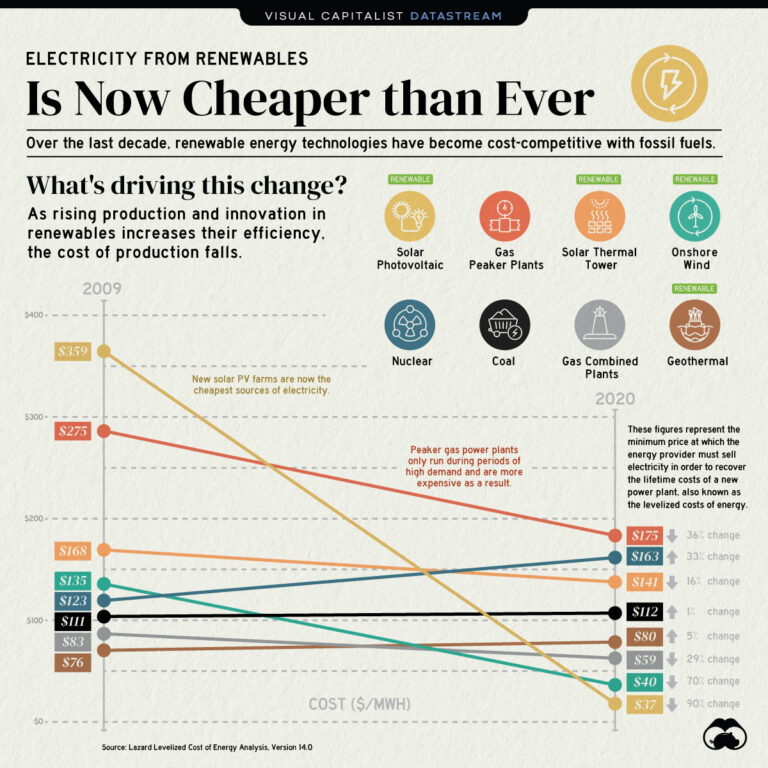Which Scenario Describes A Renewable Resource Being Used For Energy?
Hey there, young reader! Are you curious to learn about renewable energy sources? Well, you’ve come to the right place! Today, we’re going to explore the fascinating topic of which scenario describes a renewable resource being used for energy. So, let’s dive in and discover the incredible ways we can harness sustainable power!
Renewable energy is all about using natural resources that can be replenished over time, unlike fossil fuels which are limited and harmful to the environment. Imagine a world where we can generate electricity without harming our planet. How cool would that be? Well, that’s exactly what renewable energy does! It taps into the power of nature to create a greener and more sustainable future for all of us.
Now, you might be wondering, what exactly are renewable resources? These are things like sunlight, wind, water, and even heat from the Earth’s core. And the best part is, we can harness these resources to generate clean, sustainable power. So, in the next few paragraphs, we’ll explore different scenarios where renewable resources are used to produce energy. Get ready to be amazed by the possibilities that lie ahead!

Which Scenario Describes a Renewable Resource Being Used for Energy?
Renewable energy sources are gaining popularity as the world seeks cleaner and sustainable alternatives to traditional fossil fuels. Utilizing renewable resources for energy production offers numerous benefits, such as reduced greenhouse gas emissions and decreased reliance on finite resources. In this article, we will explore different scenarios that describe the utilization of renewable resources for energy and their associated advantages.
Scenario 1: Solar Power
Solar power involves harnessing the energy from the sun and converting it into usable electricity. This renewable resource can be utilized in various scenarios. One common application is rooftop solar panels installed on residential or commercial buildings. These panels capture sunlight and convert it into electricity that can power homes, businesses, or even entire communities. Solar farms, comprised of thousands of solar panels, are another example of how solar power can be harnessed on a larger scale to meet the energy needs of cities or regions.
Solar power provides several benefits. Firstly, it is a clean and sustainable source of energy, emitting zero greenhouse gases during operation. It also helps to reduce electricity bills for those who install solar panels on their rooftops, as it offsets the need for energy from the grid. Additionally, solar power contributes to energy independence, as it can be generated on-site and is not reliant on centralized power plants.
Scenario 2: Wind Energy
Another scenario that describes the use of a renewable resource for energy is the harnessing of wind power. Wind turbines, often seen in wind farms, convert the kinetic energy of the wind into electricity. Each wind turbine consists of a large rotor with blades that spin as the wind blows. This rotational motion generates electricity through a generator.
Wind energy has multiple applications. Onshore wind farms, found on land, are commonly used to generate electricity for communities and cities. Offshore wind farms, located in bodies of water, provide a sustainable energy solution for coastal regions. Individual wind turbines may also be used for smaller scale purposes, such as powering a single home or farm.
There are several advantages to wind energy. Firstly, it is a clean and renewable resource that produces no emissions during operation. It is also an abundant resource, with wind available in various regions across the globe. Wind energy helps to diversify energy sources, reducing dependence on fossil fuels, and contributes to job creation through the development and maintenance of wind farms.
Scenario 3: Hydropower
Hydropower, also known as hydroelectric power, utilizes the energy of flowing or falling water to generate electricity. This renewable resource can be harnessed through various methods. One common approach is through the construction of large dams that store water in reservoirs. When the water is released, it flows through turbines, which spin generators to produce electricity. Another method is run-of-river hydropower, where the natural flow of a river is used to generate electricity without the need for a dam.
Hydropower offers several benefits. It is a clean and renewable energy source that does not produce greenhouse gas emissions during operation. It provides a reliable and readily available source of electricity, as water flows can be controlled and adjusted to match demand. Additionally, hydropower can contribute to water management efforts by regulating the water flow and preventing floods.
Scenario 4: Geothermal Energy
Geothermal energy utilizes the natural heat from the Earth’s core to generate electricity and heat buildings. This renewable resource can be accessed through geothermal power plants that tap into underground reservoirs of steam or hot water. The steam or hot water is brought to the surface through wells, where it is used to drive turbines connected to generators.
Geothermal energy has several advantages. It is a constant and reliable source of power, as the Earth’s heat is consistently available. It is also a clean source of energy, as it produces minimal greenhouse gas emissions. Geothermal power plants have a small physical footprint, making them suitable for both large-scale and decentralized energy production.
Scenario 5: Bioenergy
Bioenergy involves the utilization of organic materials, such as wood, crops, and agricultural waste, to produce heat, electricity, or biofuels. This renewable resource can take different forms depending on the application. Biomass power plants burn organic materials to generate heat and electricity. Biofuels, such as ethanol and biodiesel, are produced through the fermentation or conversion of crops and plant-based materials.
Bioenergy offers several benefits. It utilizes organic waste materials that would otherwise contribute to greenhouse gas emissions through decomposition. It provides a renewable alternative to fossil fuels, reducing reliance on finite resources. Additionally, bioenergy can contribute to rural development and job creation through the cultivation and processing of biomass feedstocks.
Scenario 6: Tidal and Wave Energy
Tidal and wave energy are forms of renewable energy that harness the power of ocean currents and wave movements. Tidal energy is generated by taking advantage of the rise and fall of the ocean tides. This can be achieved through the use of underwater turbines or by building barrages across estuaries. Wave energy, on the other hand, captures the energy generated by ocean waves through devices such as buoys or oscillating water columns.
Tidal and wave energy offer several advantages. They are reliable and predictable sources of energy, as the ocean currents and wave movements are consistent. They provide a renewable alternative to fossil fuels and contribute to reducing greenhouse gas emissions. Tidal and wave energy projects can also have additional benefits, such as coastal protection and the creation of artificial habitats for marine organisms.
Scenario 7: Nuclear Fusion
While not yet fully realized, nuclear fusion represents a scenario that could potentially describe a renewable resource for energy in the future. Nuclear fusion involves the fusion of light atomic nuclei, such as hydrogen isotopes, to release enormous amounts of energy. Fusion reactions take place at extremely high temperatures and require significant technological advancements to be viable on a large scale.
The potential benefits of nuclear fusion are vast. It offers a virtually limitless source of energy, as the fusion fuel is abundant in nature. Nuclear fusion does not produce long-lived radioactive waste, unlike current nuclear fission reactors. Furthermore, fusion reactions are inherently safe, as they cannot lead to runaway chain reactions or catastrophic accidents.
Additional Topics on Renewable Energy
Benefits of Renewable Energy
Renewable energy sources provide numerous benefits for our society and the environment. Some key advantages include reducing greenhouse gas emissions, enhancing energy security, and creating job opportunities in the clean energy sector.
Renewable vs. Non-Renewable Energy
Understanding the differences between renewable and non-renewable energy sources is crucial in making informed choices about energy production and consumption. This section will compare the characteristics, benefits, and drawbacks of both types of energy sources.
Tips for Transitioning to Renewable Energy
Transitioning to renewable energy can be an impactful way to reduce your carbon footprint and contribute to a more sustainable future. This section will provide practical tips and guidance for individuals and businesses looking to make the switch to renewable energy sources.
Conclusion
In conclusion, the scenarios described above demonstrate the diverse ways in which renewable resources can be utilized for energy production. Solar power, wind energy, hydropower, geothermal energy, bioenergy, tidal and wave energy, and the potential of nuclear fusion all offer viable alternatives to traditional fossil fuel sources. By harnessing these renewable resources, we can work toward a cleaner, more sustainable energy future for generations to come. It is essential to continue investing in research and development to drive advancements in renewable energy technologies and maximize their potential.
Key Takeaways: Which scenario describes a renewable resource being used for energy?
- Renewable resources are natural sources of energy that can be replenished over time.
- An example of a renewable resource being used for energy is when wind turbines convert the wind’s kinetic energy into electricity.
- Another scenario is when solar panels capture the sun’s rays and convert them into usable electricity.
- Hydroelectric power plants utilize the energy from flowing water to generate electricity, making water a renewable resource for energy production.
- Biomass energy is derived from organic materials like plants and wood, which can be burned to produce heat or electricity.
Frequently Asked Questions
Welcome to our FAQ section where we address common queries regarding scenarios that describe the use of renewable resources for energy.
Q: How can wind power be harnessed as a renewable resource for energy?
Wind power is harnessed through wind turbines, which have large blades that rotate when the wind blows. These rotating blades turn a generator, producing electricity. This sustainable energy source is constantly replenished by the wind, making it a renewable resource for energy.
Wind power has numerous advantages, including its clean and sustainable nature, reducing greenhouse gas emissions and preserving air quality. It also helps in reducing dependence on fossil fuels and can be used in various settings, from large-scale wind farms to small residential installations.
Q: What are the benefits of using solar energy as a renewable resource for energy?
Solar energy is harnessed through the use of photovoltaic (PV) cells, which convert sunlight into electricity. This renewable resource offers many benefits, including its abundance and availability. Solar power is virtually limitless and can be harnessed in various geographical locations.
Using solar energy helps reduce reliance on fossil fuels, lowers greenhouse gas emissions, and mitigates the effects of climate change. Solar panels have a long lifespan, require minimal maintenance, and can generate electricity for homes, businesses, and even entire communities. Additionally, solar energy systems can save money on electricity bills in the long run.
Q: How is hydropower utilized as a renewable resource for energy?
Hydropower, also known as hydroelectric power, utilizes the energy from moving water to generate electricity. Water from a river or dam is channeled through turbines, which spin a generator and produce electricity. This process harnesses the renewable energy of water, making it a sustainable resource.
Hydropower is a reliable and widely used renewable energy source. It provides a constant supply of electricity, reduces greenhouse gas emissions, and has a minimal impact on the environment. Hydropower facilities can be large-scale dams or small-scale systems, depending on the available water resources and energy needs.
Q: What role does biomass play as a renewable resource for energy?
Biomass refers to organic materials, such as wood, crop residues, and agricultural waste, that can be converted into energy. It can be used as a fuel to produce heat or electricity through processes like combustion or fermentation. Biomass is considered a renewable resource because it can be regrown or replenished over time.
By utilizing biomass for energy, we can reduce the amount of organic waste in landfills and contribute to a more sustainable and circular economy. Biomass energy can be used in various sectors, including heat and power generation, making it a versatile renewable resource.
Q: How is geothermal energy used as a renewable resource for energy?
Geothermal energy harnesses the heat from the Earth’s core, where temperatures are significantly higher than on the surface. This heat can be used to generate electricity or provide direct heating and cooling for buildings. Geothermal power plants extract steam or hot water from underground reservoirs and convert it into energy.
Geothermal energy is a reliable and sustainable resource as the Earth’s heat is constantly renewed. It offers a stable source of electricity and has a minimal environmental impact compared to traditional fossil fuel-based power generation. Geothermal energy can be utilized in areas with high geothermal activity, providing a clean alternative for energy production.
Summary
Renewable resources, like the sun, wind, and water, can be used to create energy. When the sun shines, we can use solar panels to turn sunlight into electricity. Wind turbines can harness the power of the wind to generate energy. Water can be used to create hydroelectric power by spinning turbines with flowing water. These renewable resources are important because they won’t run out like fossil fuels, and they are better for the environment. Using renewable energy helps us reduce pollution and protect our planet for future generations.

